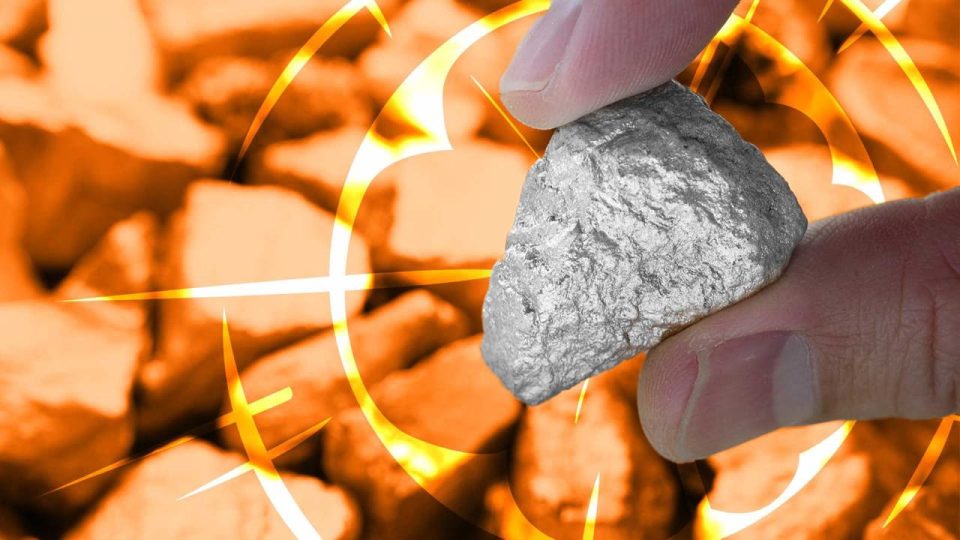Brazilian Rare Earths Limited (ASX:BRE, OTCQX: BRELY) has announced a significant restructuring of its agreement with Rio Tinto Brazil, unlocking new opportunities for the development of its Amargosa Bauxite-Gallium Project in Bahia, Brazil. The revised terms aim to streamline project economics and enhance strategic positioning in the global markets for bauxite and gallium.
Under the original 2023 acquisition deal, BRE paid Rio Tinto Brazil $9.3 million in cash and was set to make an additional $40 million milestone payment upon commencing commercial bauxite production. The new agreement replaces this milestone payment with a fixed $1.00 per wet metric tonne royalty on future bauxite sales, applicable for the life of the mine. This royalty structure simplifies financial commitments while maintaining Rio Tinto Brazil’s option to acquire 20% of any future nickel projects within the Amargosa tenements at a reduced price of $25 million, down from $50 million.
Additionally, Rio Tinto Brazil’s right of first refusal on bauxite sales has been removed, granting BRE greater flexibility in marketing its products.
The Amargosa Project spans 748 square kilometers and is strategically positioned near BRE’s rare earth tenements in Bahia, Brazil, a Tier 1 mining jurisdiction known for its robust regulatory framework and government support. The project benefits from proximity to key infrastructure, including railways and ports that connect to North America, Europe, and the Middle East markets.
The Centro-Atlântica Railway is located 150 km north of the deposit, while the FIOL Railway under construction will pass just 40 km southwest of Amargosa. Both railways provide access to major ports such as Salvador and Ilhéus. Furthermore, the region offers cost-effective renewable hydropower and skilled labor, enhancing operational efficiency.
Brazil’s favorable mining royalty regime further strengthens Amargosa’s competitive position. The government royalty rate for bauxite exploitation stands at 3%, significantly lower than rates in Western Australia (7.5%) and Queensland (10%).
Amargosa boasts extensive high-grade bauxite zones confirmed by over a decade of exploration conducted by Rio Tinto. The exploration program included 56,919 meters of drilling across 4,257 holes, delivering high-confidence geological models that underpin resource development plans. Notable intercepts include:
- 27.5 meters at 51.3% total available alumina content (TAAC) with low reactive silica levels.
- 20 meters at 50.2% TAAC with minimal impurities.
In addition to bauxite, BRE has identified high-grade gallium deposits through re-assaying historical samples from Rio Tinto’s exploration efforts. Exceptional grades of up to 190 ppm Ga₂O₃ have been confirmed, placing Amargosa among the highest-grade undeveloped gallium prospects globally. Gallium is a critical material used in electronics and semiconductors, with demand rising amid geopolitical disruptions to supply chains.
To capitalize on these resources, BRE has engaged RPM Global to fast-track development activities for a JORC-compliant Mineral Resource Estimate and Scoping Study. This initiative aims to establish Amargosa as a reliable supplier to seaborne bauxite markets experiencing rising demand due to supply constraints from major producers like Guinea and declining domestic production in China.
Global demand for bauxite is projected to grow significantly over the next five years as alumina refinery investments expand across Asia. However, geopolitical challenges have disrupted supply chains from key exporters such as Guinea, creating opportunities for alternative sources like Amargosa.
Gallium markets are also facing supply diversification pressures following China’s recent export ban on critical materials like gallium and germanium. With China historically supplying 98% of global gallium production, Amargosa emerges as a strategic asset capable of addressing these supply chain vulnerabilities.
Bernardo da Veiga, CEO and Managing Director of Brazilian Rare Earths Limited, emphasized the importance of structural trends driving demand for critical minerals like bauxite and gallium: “Global markets are underpinned by strong demand, constrained supply, and rising geopolitical risks. This restructuring enhances our strategic flexibility to create long-term value for shareholders.”
With its streamlined agreement with Rio Tinto and robust development plans in place, Brazilian Rare Earths is positioned to become a key player in critical mineral supply chains amid growing global demand and shifting market dynamics.

